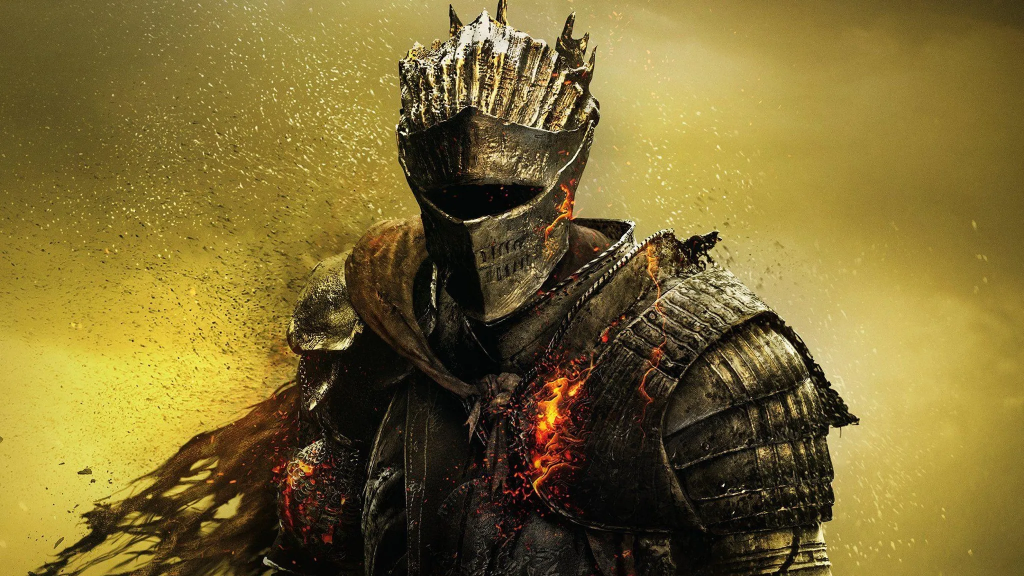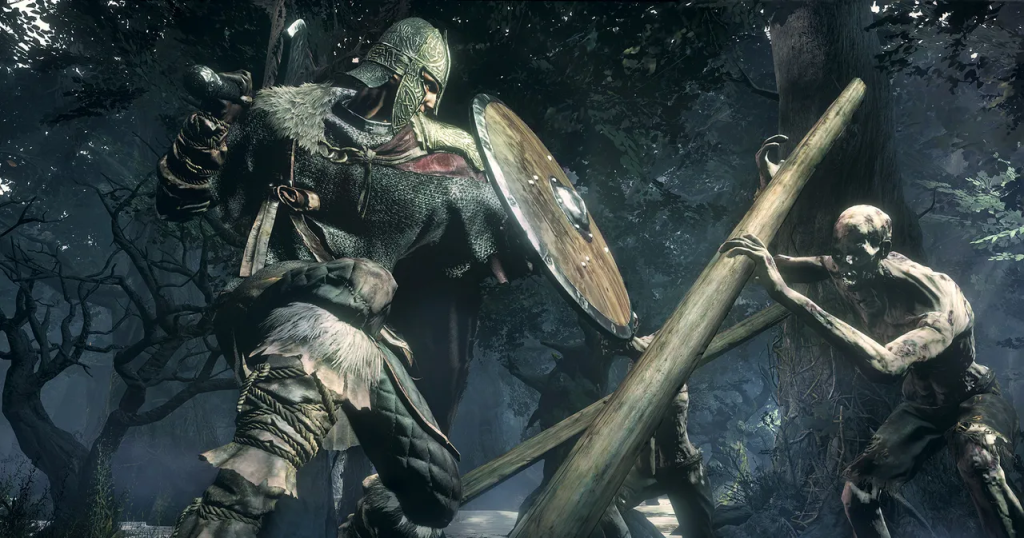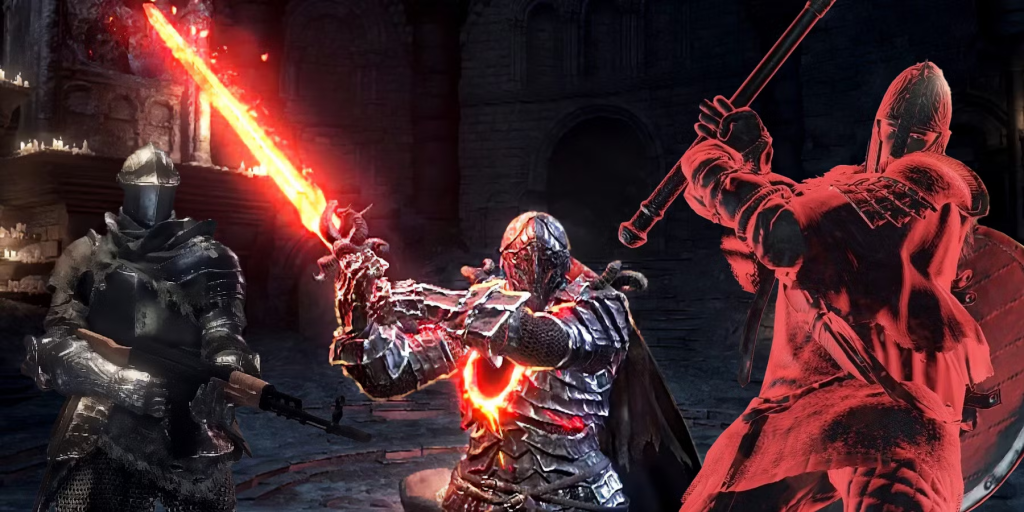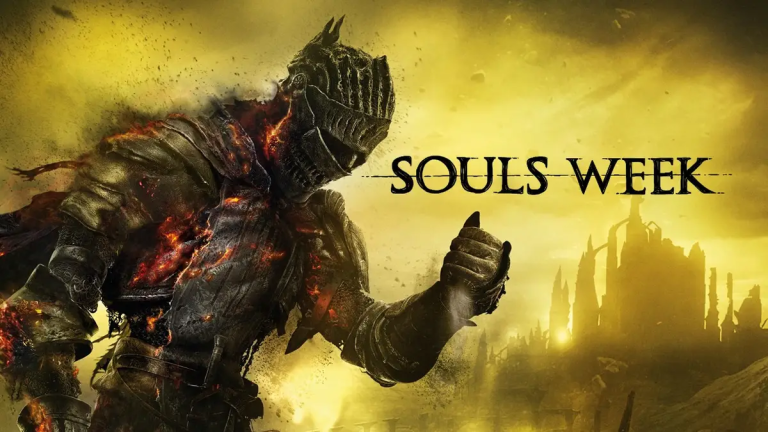As the final installment in FromSoftware’s iconic Souls series, Dark Souls 3 pushes the boundaries of action RPGs with a hauntingly beautiful world, deeply challenging combat mechanics, and an unforgettable sense of progression. More than just a sequel, it serves as a culmination of the series’ core philosophies, offering a brutal yet rewarding experience for both longtime fans and newcomers alike.
A World on the Brink of Collapse
Set in the decaying kingdom of Lothric, Dark Souls 3 presents a realm teetering on the edge of ruin. Every region—from mist-shrouded ruins to towering, crumbling cathedrals—is crafted with meticulous detail and atmosphere. The game’s environmental storytelling is second to none, delivering narrative through architecture, item descriptions, and subtle environmental cues rather than exposition.
For SEO purposes, this makes Dark Souls 3 a prime target for search terms like “dark fantasy RPG world design” and “immersive game environments.”

Tactical Combat Refined to Perfection
Combat in Dark Souls 3 is fast, unforgiving, and strategically rich. Every encounter demands precision, timing, and an understanding of enemy behavior. The introduction of Weapon Arts—a new system that gives each weapon a unique skill—adds a fresh layer of depth to battles. These moves consume Focus Points (FP), the same resource used for casting spells, encouraging smart resource management and versatility in combat.
This system supports a wide array of builds, making it an excellent title for keywords like “best melee builds Dark Souls 3”, “weapon arts guide”, and “magic vs melee combat Souls games.”

Character Progression and Customization
Progression in Dark Souls 3 is as rewarding as it is complex. Players can shape their characters through detailed stat allocation, weapon upgrades, and armor customization. A balanced Estus Flask system allows for split resource management between healing and magic, giving players the ability to adapt based on their build.
Customization flexibility appeals to players searching for “Dark Souls 3 build strategies” or “how to level up effectively in DS3.”

Hidden Quests and Mysterious NPCs
The game thrives on its ability to keep secrets. Non-playable characters (NPCs) often have branching questlines with conditions that may not be clear on a first playthrough. These interactions are often cryptic, with rewards that range from unique items to impactful lore revelations. Missing an NPC encounter or making a wrong decision can permanently change your story’s path, increasing the game’s replay value.
This type of content fits perfectly with search interests like “hidden NPC quests in Dark Souls 3”, “how to complete character storylines,” or “missable content in Souls games.”

Online Play and Co-op Mechanics
While Dark Souls 3 is built for solo adventuring, it features a refined multiplayer system that enhances the experience. Players can summon allies to aid in boss fights or be invaded by hostile players. The Ember system is key to accessing online features and adds a unique twist to health and game difficulty.
These systems make Dark Souls 3 a highly searched title under topics like “how to co-op in Dark Souls 3,” “PvP strategies,” and “online mechanics explained.”

Final Thoughts: A Legendary Conclusion
Dark Souls 3 delivers a breathtaking and brutal adventure that rewards curiosity, persistence, and tactical thinking. It combines the strongest elements of its predecessors with smart innovations that enhance gameplay without alienating the series’ identity. Whether you’re a veteran of Lordran and Drangleic or stepping into the fire for the first time, Dark Souls 3 stands as a testament to what action RPGs can achieve when ambition meets execution.
